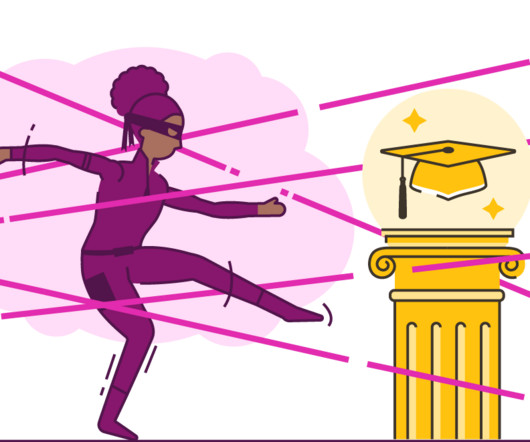How Social Networks Can Harness the Power of Weak Ties | Social.
Dashe & Thomson
MAY 11, 2011
Here’s how a typical LinkedIn network might look: Your weak ties are smaller circles, not at the center of a cluster I heard more support for the Weak Ties theory while attending a Knowledge Management conference in 2005. Download the whitepaper » Blog this! The clustering of employee groups was not the surprising thing.










































Let's personalize your content